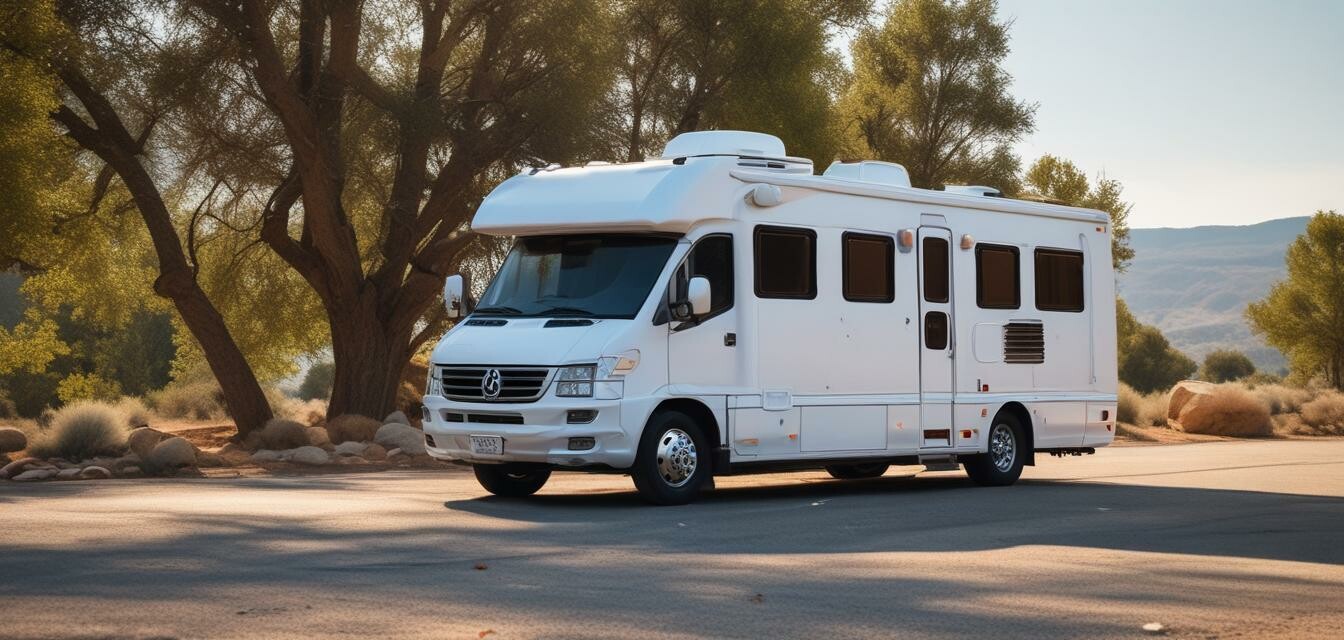
Common mistakes to avoid when installing RV solar
Key Takeaways
- Proper planning and understanding of the system is essential to avoid mistakes.
- Always check the compatibility of your components.
- Pay attention to roof orientation and shading to maximize efficiency.
- Utilize professional help when necessary for complex installations.
- Regular maintenance and updates can prevent future issues.
Setting up an RV solar power system can be a rewarding experience, providing you with sustainable energy for your road trips. However, there are several common mistakes that DIYers often make during installation. By being aware of these pitfalls and taking steps to avoid them, you can ensure a smooth and efficient setup. In this article, we will discuss key mistakes to avoid when installing solar power on your RV.
1. Inadequate planning
Before diving into installation, a comprehensive plan is crucial. This means understanding your power needs, the type of solar system you require, and how to configure your components.
Tips for effective planning:
- Calculate your daily power consumption.
- Determine the size of the solar panel system you need based on your calculations.
- Choose a suitable location for your solar panels to avoid shading and maximize sunlight exposure.
2. Ignoring compatibility issues
Every component in your solar power system must work together seamlessly. Mismatching components can lead to inefficiencies and even damage your system.
Key components to consider:
- Battery system: Ensure compatibility with your battery system.
- Inverters: Match your inverter with your intended power output.
- Charge controllers: Choose the right type based on your solar system requirements.
3. Poor roof orientation and shading
The orientation of your RV roof and any potential shading can dramatically affect the efficiency of your solar panels. Failing to consider these factors can lead to underperformance.
Suggestions for optimal placement:
- Position your solar panels to face true south (in the Northern Hemisphere) to optimize sunlight exposure.
- Avoid installing panels on areas that are prone to shading from trees or roof vents.
4. Skipping the electrical diagram
Many people jump into installation without a clear wiring plan. This can lead to confusion and mistakes, especially with more complex systems.
Benefits of having an electrical diagram:
- Helps visualize the setup before installation.
- Ensures you connect components correctly.
- Provides a reference for future troubleshooting.
5. Failing to secure connections
Loose or poorly secured connections are a common source of problems in RV solar installations. These issues can lead to inefficiency and even damaging shorts.
Best practices for securing connections:
- Use high-quality connectors and ensure they are tightly secured.
- Encapsulate connections to protect against moisture and dirt.
- Periodically check connections during maintenance.
6. Neglecting to read the instructions
Each solar power kit comes with its own set of instructions. Skipping this essential step can lead to mistakes that are often easily avoidable.
Why reading the instructions matters:
- Each manufacturer may have unique requirements.
- Understanding installation steps can prevent misconfigurations.
- Awareness of warranty conditions may be crucial for component longevity.
7. Underestimating the importance of ventilation
Proper ventilation is vital for battery performance and longevity. Heat can build up in poorly ventilated areas, leading to damage.
Tips for ensuring proper ventilation:
- Install batteries in well-ventilated areas.
- Use fans or vents to enhance airflow if necessary.
8. Overlooking regular maintenance
Once your solar system is installed, it still requires regular attention to run efficiently. Many people neglect this aspect, leading to performance drops.
Maintenance tips include:
- Clean the solar panels periodically to remove dirt and debris.
- Check battery levels and connections regularly.
- Inspect for signs of wear or damage on all components.
Conclusion
Installing RV solar panels can greatly enhance your travel experience, but it is essential to avoid common mistakes that could hinder performance or even damage your system. By planning thoroughly, ensuring compatibility, and paying attention to installations, you can enjoy the benefits of solar energy without the headaches of errors. For more detailed guides, check out our Installation Tips category, where we provide extensive resources for successful solar installation.
Pros
- Enhanced energy independence on the road.
- Environmentally friendly energy source.
- Low maintenance compared to traditional generator systems.
Cons
- Initial setup costs can be high.
- Requires adequate planning and knowledge.
- Performance can be low during cloudy weather.